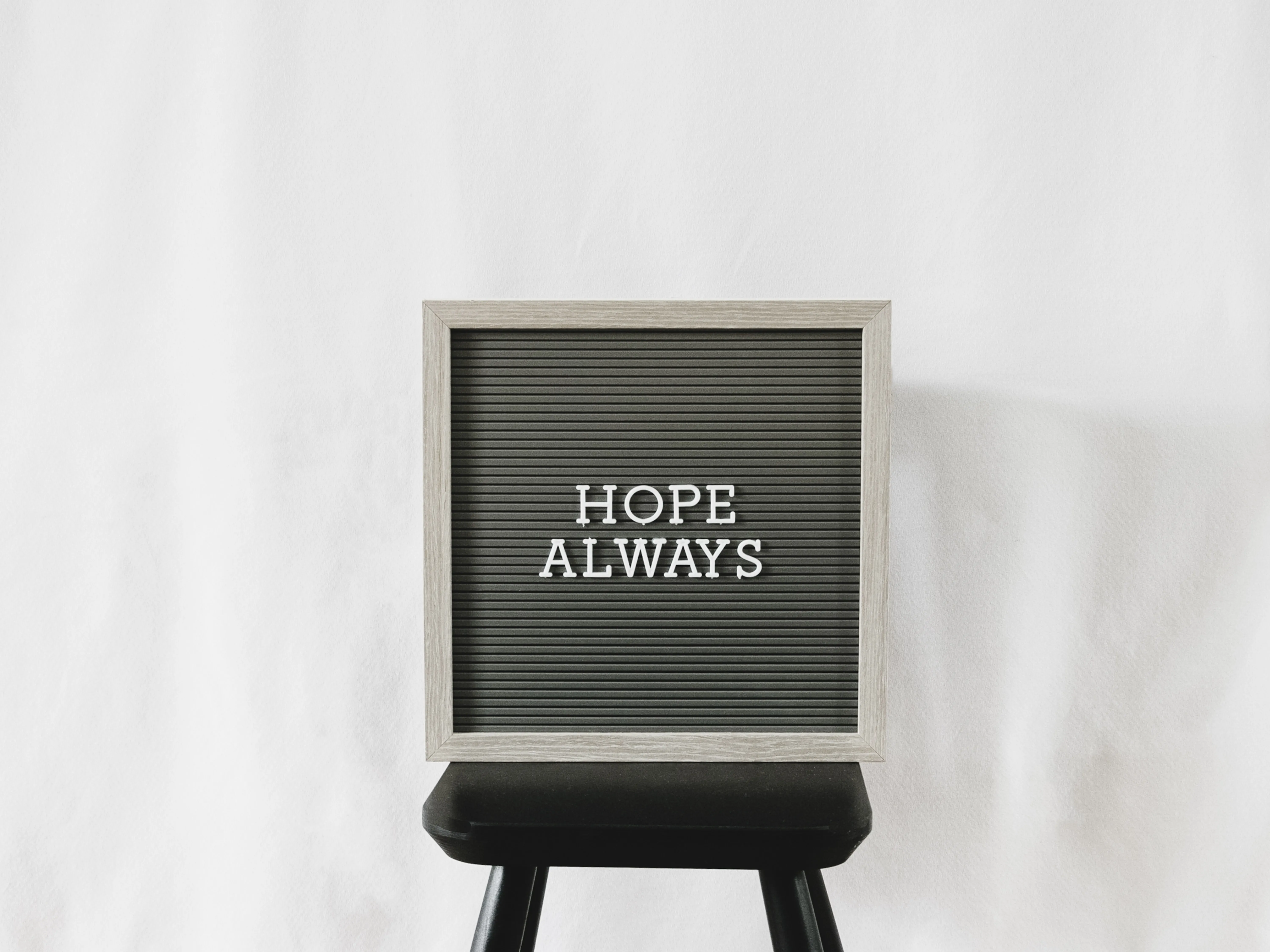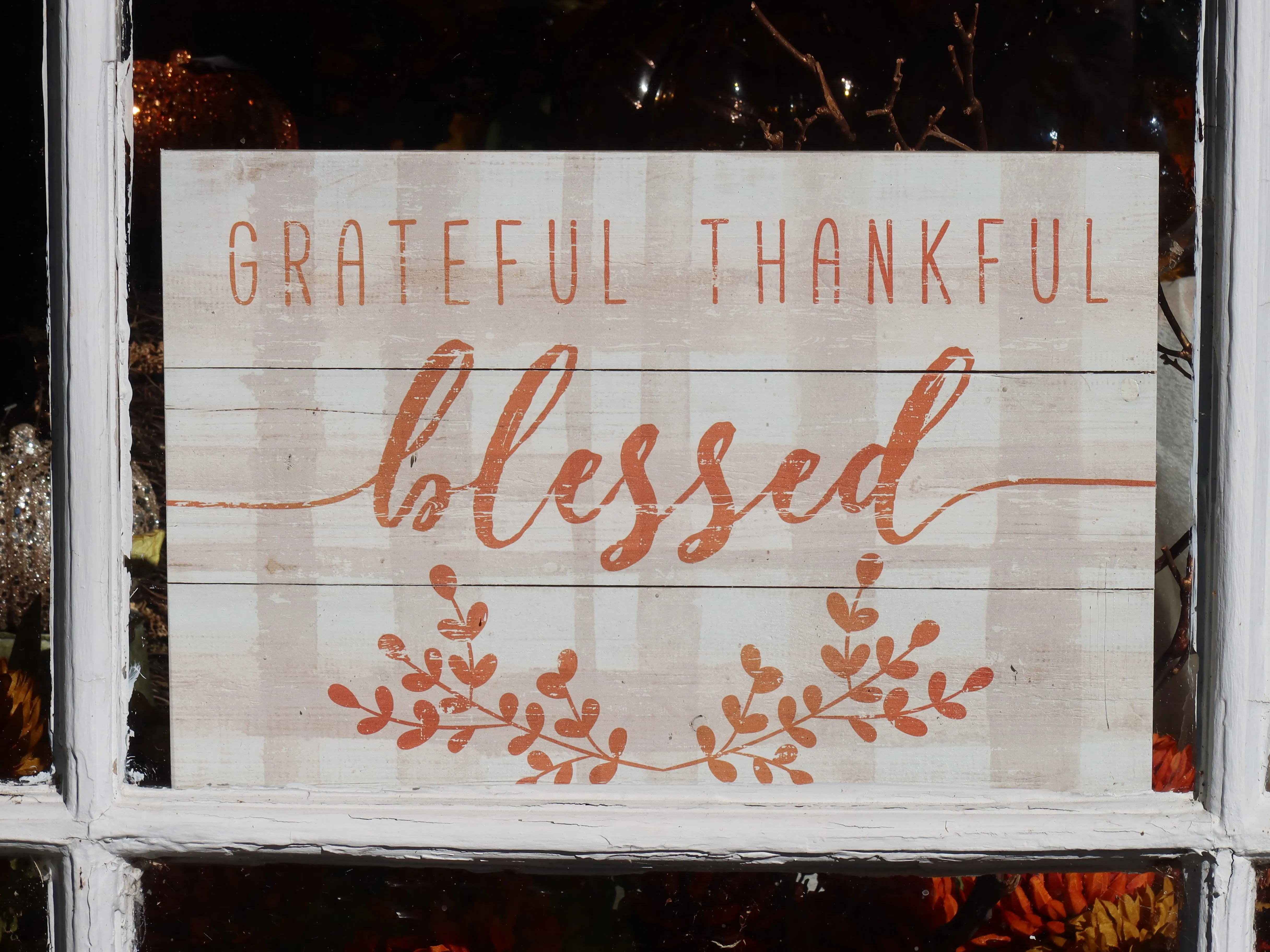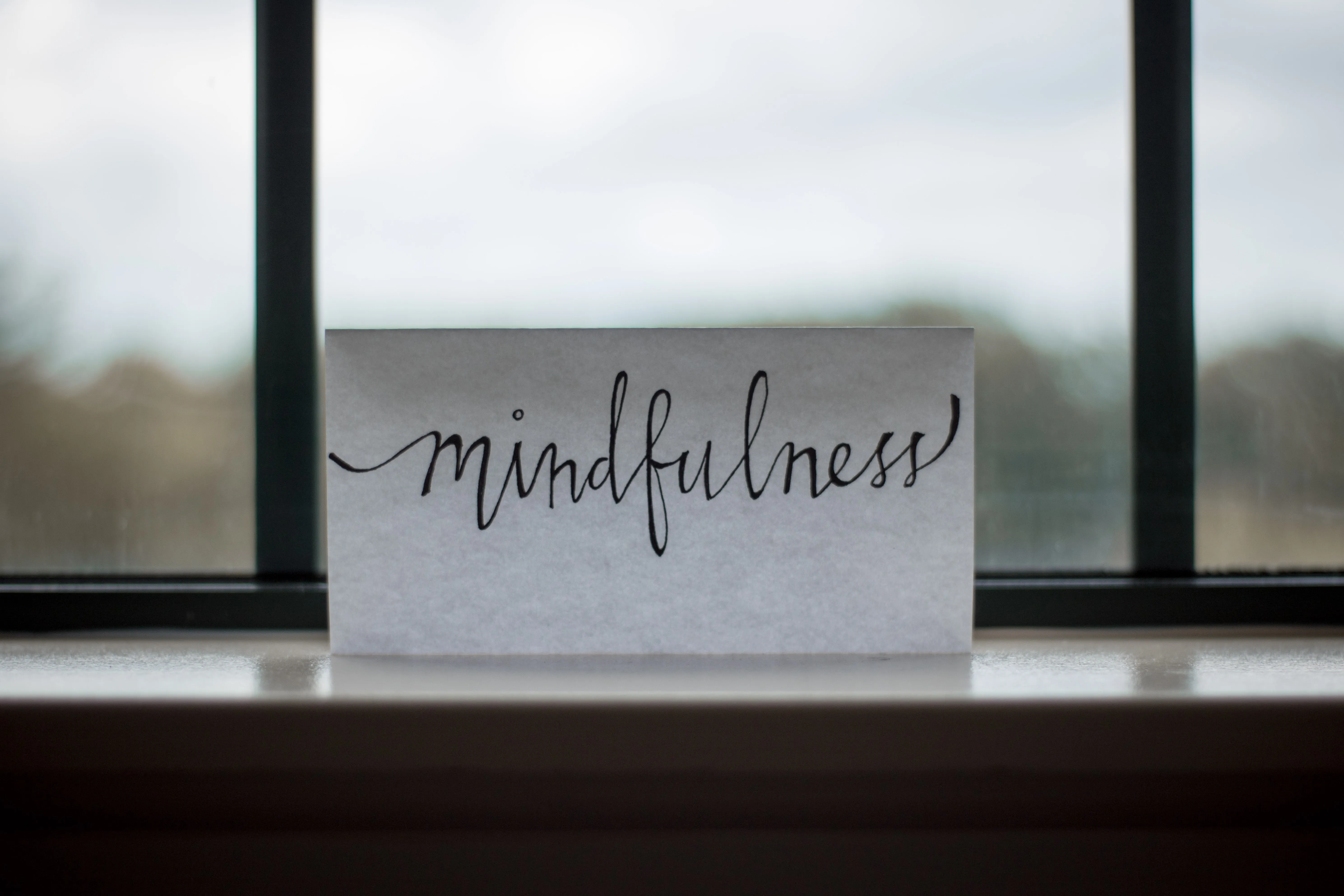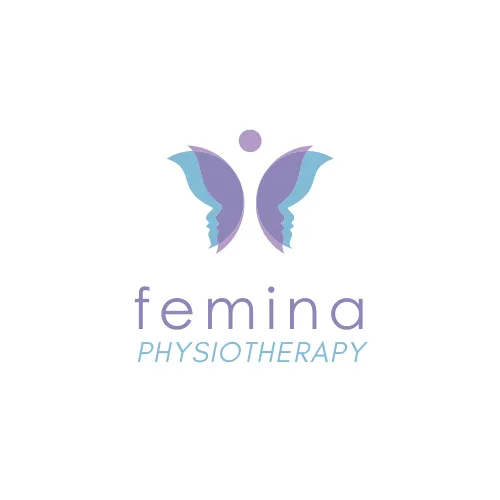Words Have Power
Introduction
Chronic pain can be a challenging and isolating experience. Many people who live with chronic pain struggle to communicate their experiences to others, which can exacerbate feelings of loneliness and frustration. This is where the power of language comes in: words have the power to crystallize our perceptions, shape our beliefs, and ultimately create our world. In this blog post, we'll explore how language impacts our experience of chronic pain and offer tips for using language in a way that supports our well-being.

The Power of Negative Words
Words like "pain," "suffering," and "disability" can have a powerful impact on our emotional and physical wellbeing. When we use negative words to describe our experiences, we can reinforce negative beliefs and self-talk that can perpetuate our suffering. For example, if we constantly tell ourselves that we are "suffering" from chronic pain, we may start to believe that we are powerless to change our situation.
One way to shift our perspective is to reframe our language in a more positive way. Instead of saying "I'm suffering from chronic pain," we might say "I'm living with chronic pain." This small shift in language can help us to feel more empowered and in control of our experience.It's important to note that reframing our language is not about denying the reality of our pain or minimizing our experiences. Rather, it's about acknowledging our pain while also recognizing that we have the power to shape our own narrative.
The Importance of Self-Talk
The way we talk to ourselves can have a powerful impact on our experience of chronic pain. Negative self-talk, such as "I'm never going to get better" or "I'm a burden on my family," can perpetuate feelings of hopelessness and despair. On the other hand, positive self-talk, such as "I'm doing the best I can" or "I am strong and resilient," can help us to cultivate a sense of hope and resilience.

One way to cultivate a more positive self-talk is to practice mindfulness. Mindfulness involves paying attention to the present moment without judgment. When we practice mindfulness, we can observe our thoughts and feelings without getting caught up in them. This can help us to notice negative self-talk and replace it with more positive and supportive language.
Another way to cultivate a more positive self-talk is to practice self-compassion. Self-compassion involves treating ourselves with kindness, acceptance, and understanding. When we practice self-compassion, we can be more gentle with ourselves when we're struggling and offer ourselves the same kindness and care we would offer to a friend.
The Power of Visualization
Visualization is a powerful tool that can help us to shift our perspective and cultivate a more positive outlook. When we visualize positive outcomes, we can create a sense of hope and possibility that can help us to navigate our chronic pain more effectively.
One way to practice visualization is to create a mental image of a place or activity that brings us joy and peace. For example, we might visualize ourselves walking on a beach, spending time with loved ones, or engaging in a favorite hobby. When we create a mental image of these positive experiences, we can tap into the positive emotions associated with them and use these emotions to help us cope with our pain.

It's important to note that visualization is not about denying the reality of our pain or minimizing our experiences. Rather, it's about using positive imagery and emotion to help us cope with our pain and cultivate a more positive outlook.
The Power of Affirmations
Affirmations are positive statements that we can use to counteract negative self-talk and cultivate a more positive outlook. When we repeat affirmations to ourselves, we can start to internalize these positive messages and use them to counteract negative beliefs and self-talk.
Some examples of affirmations for chronic pain include: "I am strong and resilient," "I am worthy of love and support," and "I am doing the best I can." When we repeat these affirmations to ourselves, we can start to cultivate a more positive self-talk and a more positive outlook on our pain.

It's important to note that affirmations are not a magic cure for chronic pain. However, they can be a useful tool for cultivating a more positive mindset and building resilience in the face of adversity.
The Power of Community
Living with chronic pain can be an incredibly isolating experience. However, connecting with others who share our experiences can be a powerful tool for healing and growth.
One way to connect with others who share our experiences is to join a support group or online community. These groups can provide a safe space to share our experiences, ask for advice, and offer support to others.

Another way to connect with others is to seek out healthcare professionals who specialize in chronic pain. These professionals can offer a range of treatments and resources to help us manage our pain and improve our quality of life.
The Power of Gratitude
Practicing gratitude can be a powerful tool for cultivating a more positive outlook on our pain. When we focus on the things we're grateful for, we can shift our perspective from one of despair to one of hope and possibility.
One way to practice gratitude is to keep a gratitude journal. Each day, write down three things that you're grateful for. These things can be as simple as a good cup of coffee or a kind word from a friend. When we focus on the things we're grateful for, we can cultivate a more positive mindset and build resilience in the face of adversity.

It's important to note that gratitude is not about denying the reality of our pain or minimizing our experiences. Rather, it's about recognizing that there are still things in our lives that we can be grateful for, even in the midst of our pain.
The Power of Mind-Body Connection
The mind-body connection is the idea that our thoughts and emotions can have a powerful impact on our physical health. In the case of chronic pain, negative emotions such as stress and anxiety can exacerbate our pain and make it more difficult to cope.
One way to harness the power of the mind-body connection is to practice relaxation techniques such as deep breathing, progressive muscle relaxation, or meditation. These techniques can help us to reduce stress and anxiety, which can in turn help to reduce our pain.
Another way to harness the power of the mind-body connection is to engage in gentle exercise such as yoga or tai chi. These practices can help us to build strength and flexibility while also reducing stress and anxiety.
The Power of Acceptance
Acceptance is the idea of acknowledging and making peace with our pain, rather than fighting against it. While acceptance can be a difficult process, it can be a powerful tool for cultivating a more positive outlook on our pain.
One way to practice acceptance is to focus on the things we can control, rather than the things we can't. We can't control our pain, but we can control how we respond to it. By focusing on the things we can control, we can cultivate a sense of agency and empowerment in the face of our pain.

Another way to practice acceptance is to practice mindfulness. When we practice mindfulness, we can observe our thoughts and feelings without judgment, which can help us to make peace with our pain and cultivate a more positive outlook.
Conclusion
Living with chronic pain can be a challenging and isolating experience. However, by harnessing of language, visualization, self-talk, community, gratitude, the mind and acceptance, we can cultivate a more on. Remember, words have power – and by using language in a way that supports our well-being, we can create a world that is more supportive, compassionate, and understanding of chronic pain sufferers.
